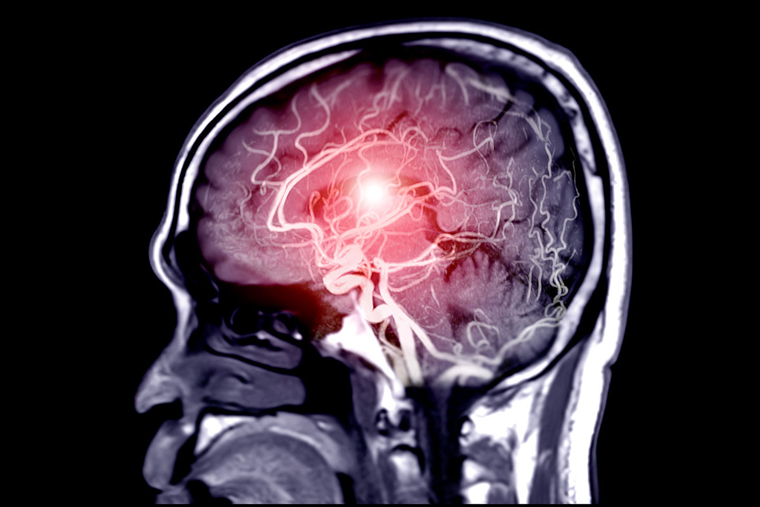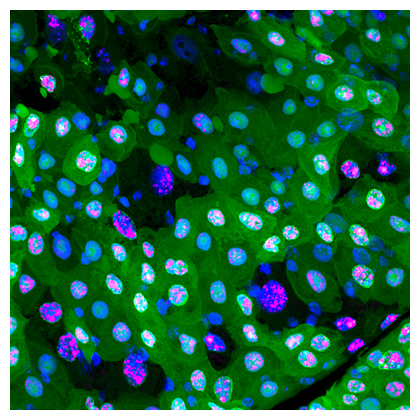遺伝子組換え技術の最後のピースとなるAからGへの塩基変換に成功 Scientists successfully achieve A to G base conversion,the final missing piece of the puzzle in gene-editing technology
2022-04-26 大韓民国・基礎科学研究院(IBS)
<関連情報>
- https://www.ibs.re.kr/cop/bbs/BBSMSTR_000000000738/selectBoardArticle.do?nttId=21220&pageIndex=1&searchCnd=&searchWrd=
- https://www.cell.com/cell/fulltext/S0092-8674(22)00389-0?_returnURL=https%3A%2F%2Flinkinghub.elsevier.com%2Fretrieve
プログラム可能なデアミナーゼによるヒトミトコンドリアDNAの標的A-to-G塩基編集法 Targeted A-to-G base editing in human mitochondrial DNA with programmable deaminases
Sung-Ik Cho,Seonghyun Lee,Young Geun Mok,Ji Min Lee,Eugene Chung,Jin-Soo Kim
Cell Published:April 25, 2022
DOI:https://doi.org/10.1016/j.cell.2022.03.039

Summary
Mitochondrial DNA (mtDNA) editing paves the way for disease modeling of mitochondrial genetic disorders in cell lines and animals and also for the treatment of these diseases in the future. Bacterial cytidine deaminase DddA-derived cytosine base editors (DdCBEs) enabling mtDNA editing, however, are largely limited to C-to-T conversions in the 5′-TC context (e.g., TC-to-TT conversions), suitable for generating merely 1/8 of all possible transition (purine-to-purine and pyrimidine-to-pyrimidine) mutations. Here, we present transcription-activator-like effector (TALE)-linked deaminases (TALEDs), composed of custom-designed TALE DNA-binding arrays, a catalytically impaired, full-length DddA variant or split DddA originated from Burkholderia cenocepacia, and an engineered deoxyadenosine deaminase derived from the E. coli TadA protein, which induce targeted A-to-G editing in human mitochondria. Custom-designed TALEDs were highly efficient in human cells, catalyzing A-to-G conversions at a total of 17 target sites in various mitochondrial genes with editing frequencies of up to 49%.


